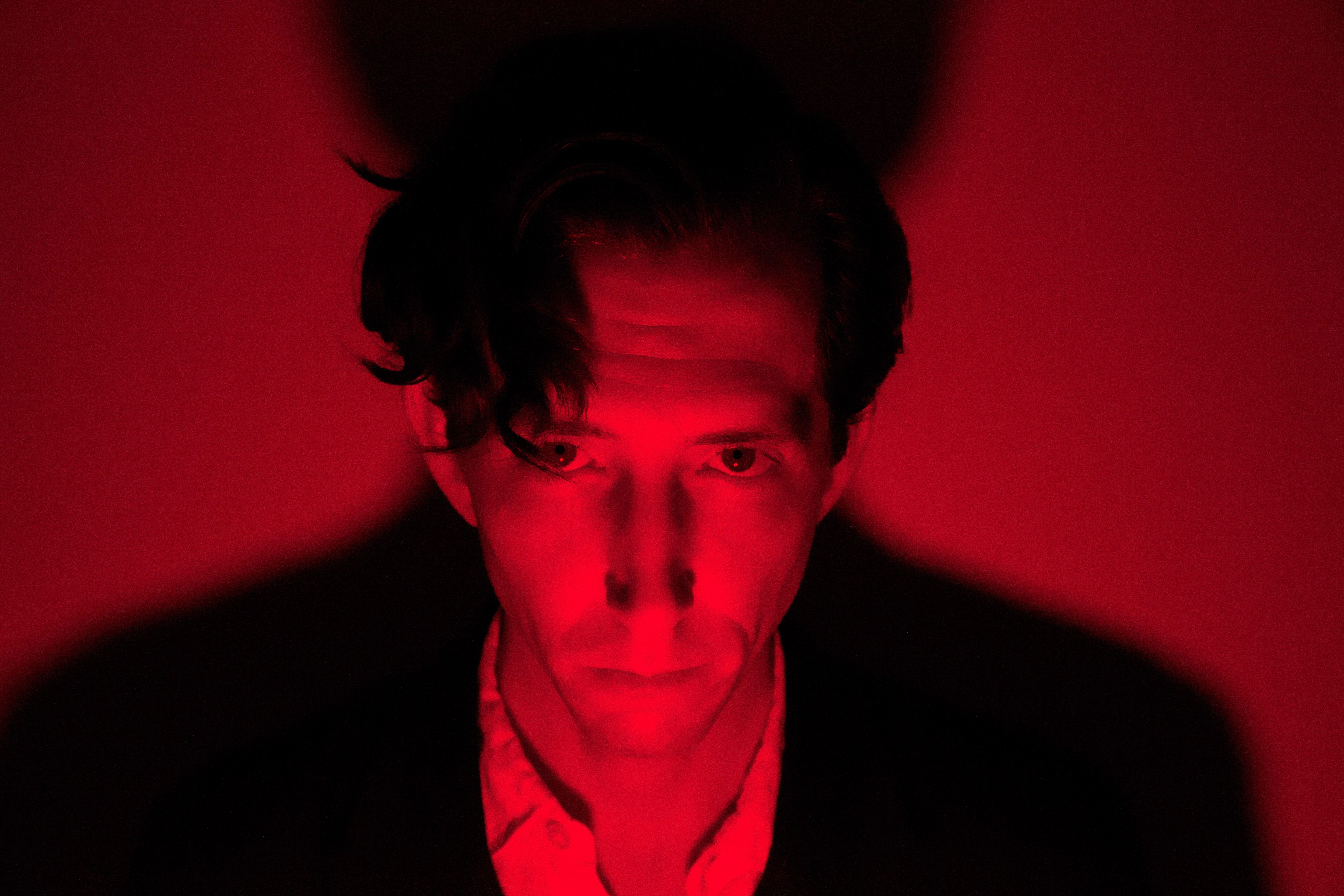
The expression “rock bottom” usually refers to the lowest stage a person reaches before realizing that he or she must change to survive. The assumption is that one has lost everything and has nowhere to go but up. It’s unclear what Pokey LaFarge suffered through. His latest release, Rock Bottom Rhapsody, offers clues, but the connections seem more thematic than conceptual. That said, the record offers glimpses of living life on the edge, finding redemption, and then weathering life’s problems. The narrator has changed, or maybe more accurately been scarred, by his experiences.
The album begins with a short, formal instrumental introduction led by sentimental strings appropriately called “Rock Bottom Rhapsody”. That sets the melancholy mood before plunging into the despair of “End of My Rope”. LaFarge is “making light of his misery” to a 1950s rock beat ala Buddy Holly or the Everly Brothers. Because this song comes so early on the record, you know he’s going to survive. The lyrics also suggest that LaFarge’s musical performance will be part of his cure.
What comes next clearly suggests addiction. To the gritty sound of factory-like noises, a thumping bass, an off-kilter player piano, and a female choir, LaFarge declares his need for something or someone who will “fuck me up”. Things get brighter from there. Two songs later, he launches into the 30-second, stringed-instrumental “Rock Bottom Reprise”. His recovering of the musical motif signals a personal recovery of sorts.
The next seven cuts feature a variety of styles and topics. LaFarge sings with kindness and gratitude of love so sweet on “Lucky Sometimes”. LaFarge has a gruff voice, which makes his happiness seem even lovelier and more unexpected. He then sings of broken hearts, coming storms, never going home, and life’s tribulations. The individual tracks provide a picture of life after… whatever has thrown him for a loop. The fact that he never mentions the specific cause reveals that it was the protagonist, not the stimulant, that was the problem.
LaFarge’s guitar is usually at the forefront, and its mostly strummed for rhythm rather than chorded for melody. He’s backed on these tunes by a stable of players, including Alex Hall (drums, percussion, vibraphone, keyboards), Joel Paterson (guitar), Scott Ligon (piano, organ), Jimmy Sutton (bass), Deron Johnson (piano) and others. The music frequently harkens back to 1950s R&B as done by white artists from the period. Chris Seefried purposely fuzzes up the production with reverb to suggest past recording technologies. That makes the record sound old as if LaFarge’s problems are over yet ever-present in the sense that an addict is always an addict even if not engaging in bad behavior.
The album ends with the sound of an audience clapping and leaving a concert hall as the strings play the “Rock Bottom Finale”. Doors are open and shut, car horns and snatches of conversation are heard in the distance. The conceit that LaFarge’s performance has saved him, as suggested in the first track, is clear. LaFarge is left alone on the stage. Everything is quiet. He may no longer be at the bottom, but he understands it may never be far away.

